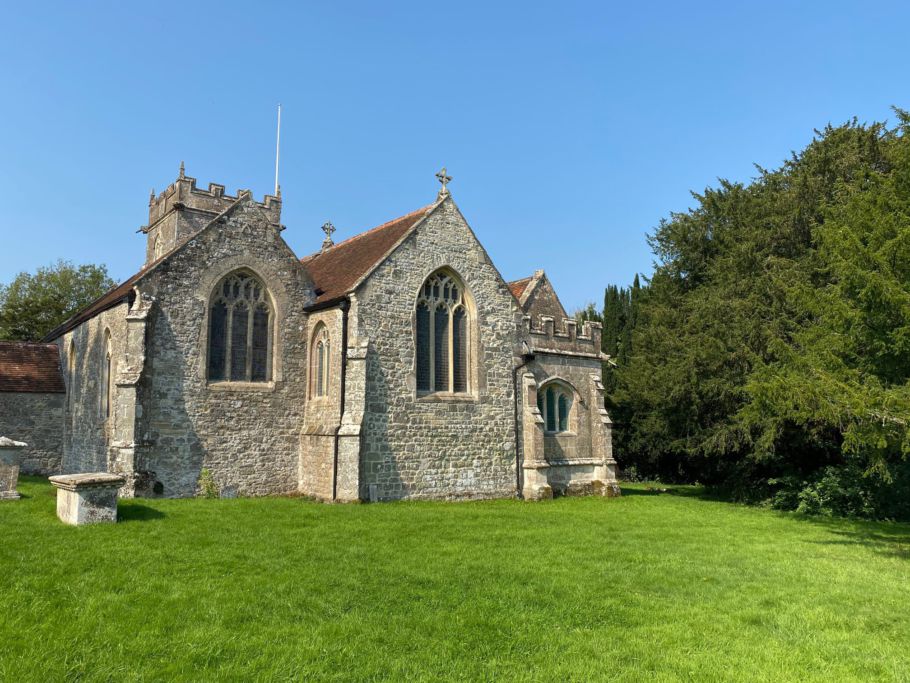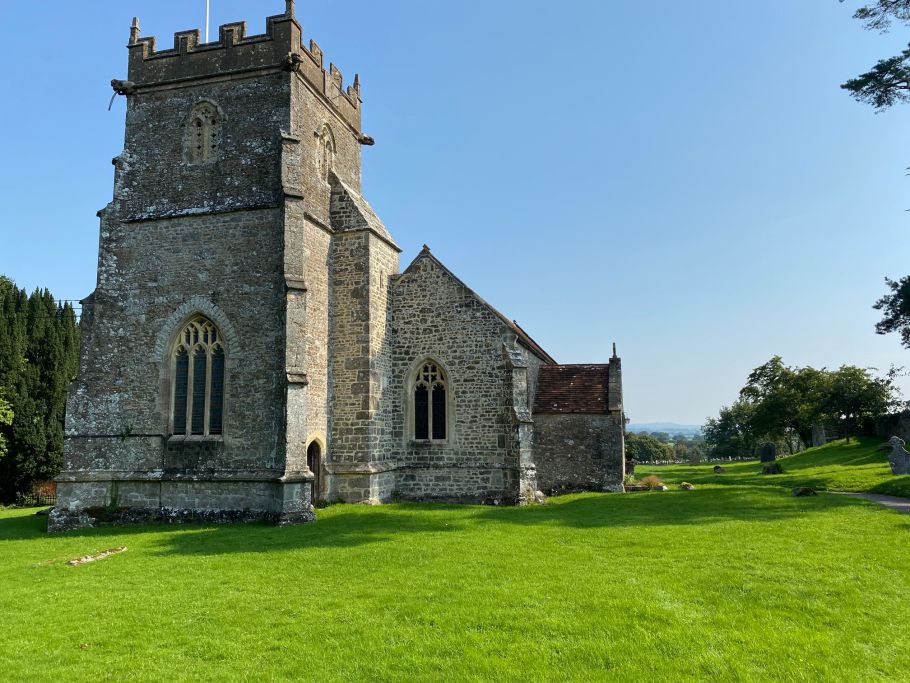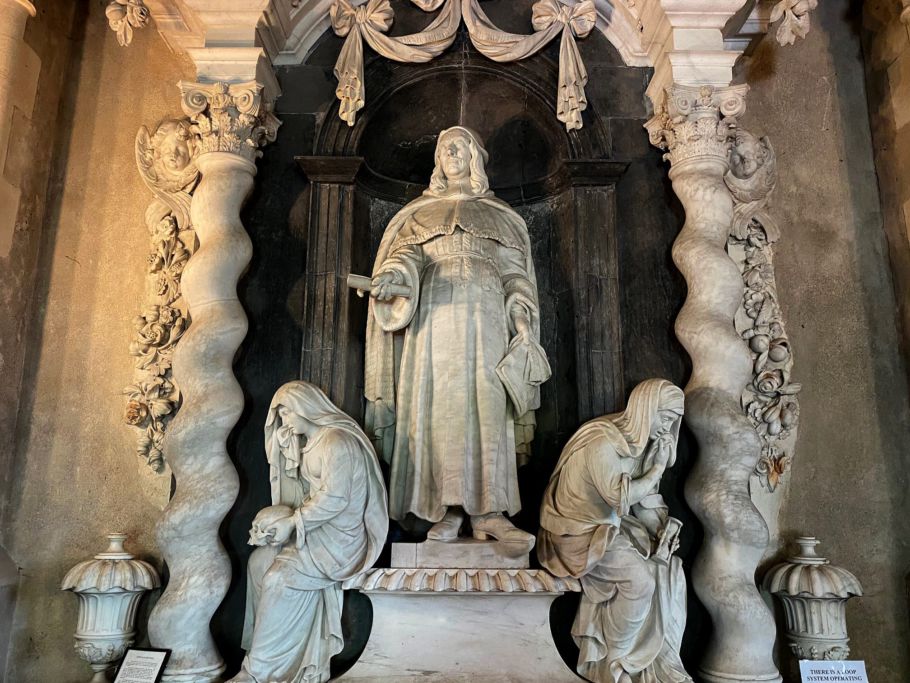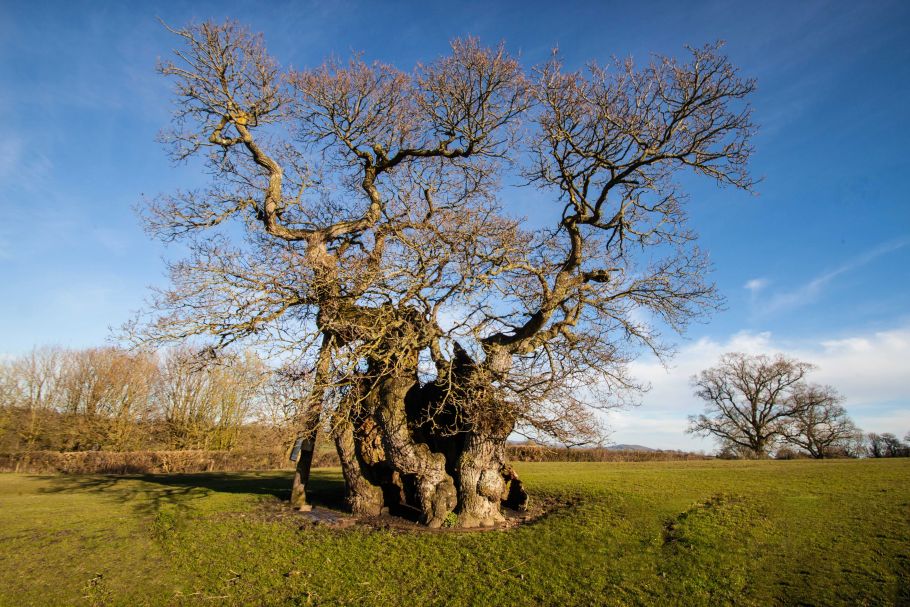Silton is a small village in the North-East corner of Dorset and is situated in the Blackmore Vale. It is 4 miles North-West of the town of Gillingham and 3 miles South-West of Mere.
The original settlement near the Parish Church of St Nicholas is mentioned in the Domesday Book in 1086 and recorded as Seltone. The Tenant-in-Chief was William of Falaise and the value to the lord was £8.5. The households consisted of 11 villagers, 15 smallholders and 6 slaves.
The extension of the settlement in Silton was probably due to the textile industry in the 18th and 19th century when the area became important for flax growing.


The Church of St Nicholas is near the centre of the parish. The South arcade of the nave is of the late 12th century, the Chancel was largely rebuilt in the 15th century and the North Chapel, West Tower, South Aisle and South Porch date from the 16th century. The church features an imposing memorial by the sculptor Jan van Nost of Sir Hugh Wyndham who was a Justice of the Common Pleas and a Baron of the Exchequer during the reign of King Charles II. He was appointed to the Court of Common Pleas by Oliver Cromwell. He did, however, have a period of imprisonment in the Tower of London during the Restoration. The memorial is dated 27th July 1684. Silton Manor was Sir Hugh Wyndham’s country residence.

The subject of the village website home page is the Wyndham Oak named after Sir Hugh Wyndham as, it is said, he would return to Silton weary after much travelling and rest under his favourite tree admiring the view of what was previously the Royal Forest of Gillingham. The tree is a Pedunculate Oak (Quercus Robur) and is perhaps 1000 years old.

For access follow the footpath by the church carpark.

At 32ft high it possesses one of the largest girths of any tree in Dorset. It is said to have marked the boundary between Selwood Forest and the Forest of Gillingham.
For more information on the Wyndham Oak use this link: Wyndham’s Oak: a great survivor – The Street Tree